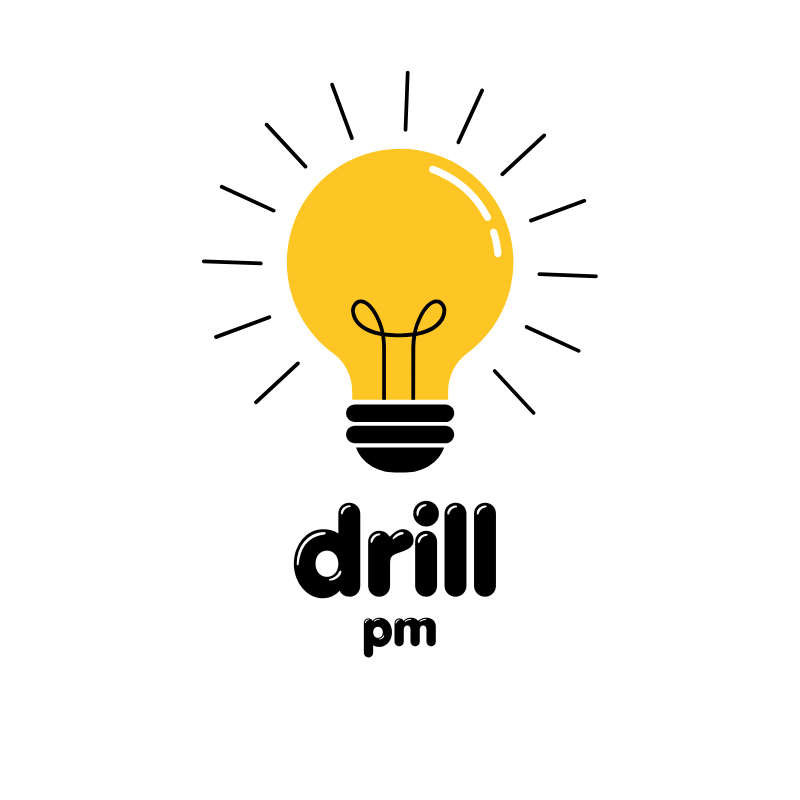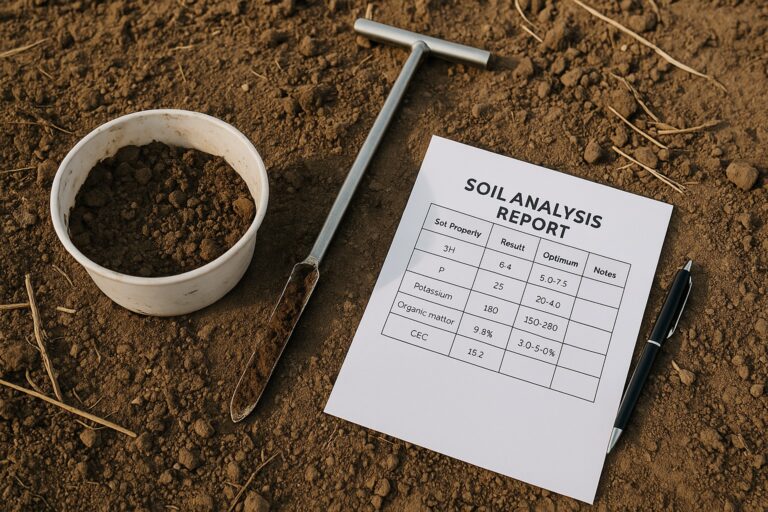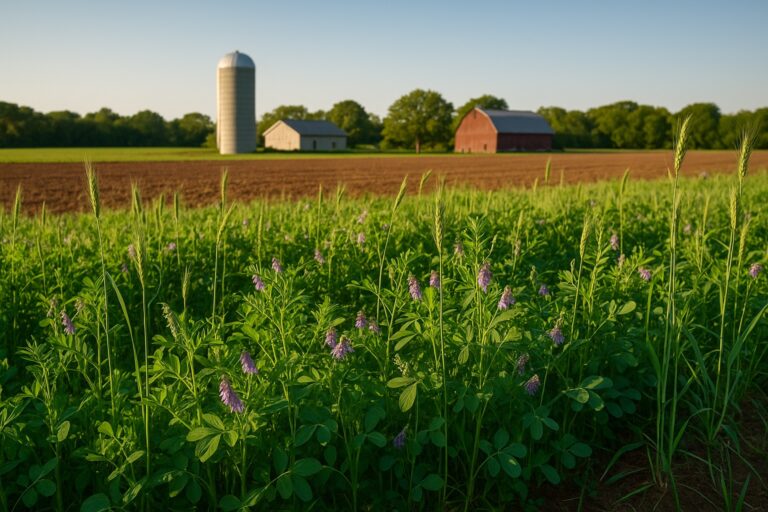Anúncios
Choosing the right irrigation system can make a big difference in how your farm performs. Whether you grow vegetables, grains, or specialty crops, water management is at the heart of healthy plants and strong yields. But with so many systems available, the decision isn’t always straightforward.
Each farm has its own conditions — from soil type to crop variety, from climate to budget. That’s why understanding your options is the first step toward making a smart, sustainable investment. You don’t need to be an engineer to grasp the basics. Just a clear explanation and some practical insights.
If you’re looking to save water, increase productivity, and make informed decisions, this guide will walk you through the main types of irrigation systems, how they work, and how to pick the one that fits your property best. Let’s dive in and find the solution that will help your farm thrive.
What is an irrigation system and why does it matter?
An irrigation system is a method used to deliver water to crops in a controlled and consistent way. While rainfall can help, it’s often unpredictable and insufficient, especially in areas facing drought or changing weather patterns. That’s where irrigation steps in—to ensure your plants get the right amount of water at the right time.
A well-designed system doesn’t just keep your crops hydrated. It helps you save water, reduce labor, improve yields, and protect the long-term health of your soil. In many cases, it also increases the value of your property. Whether you have a small family farm or a growing operation, irrigation can be a smart investment that pays off season after season.
Key factors to consider before choosing a system
Before you commit to a specific type of irrigation, it’s important to evaluate the needs of your property. Not all systems are ideal for every situation. Here are some key points to keep in mind:
- Crop type: Some plants need water near the roots (like tomatoes), while others tolerate surface watering (like corn).
- Soil characteristics: Sandy soil drains fast, clay holds moisture longer. Your soil texture affects how water moves and is absorbed.
- Plot size and shape: A large rectangular field might benefit from sprinklers, while a small greenhouse might do better with drip lines.
- Water source: Do you rely on wells, rivers, rainwater catchment, or municipal water? The quality and availability of water influence your options.
- Budget and maintenance: How much can you spend upfront? And are you ready to maintain or repair the system as needed?
Answering these questions will help narrow your options and guide you toward the most effective system for your land.
Drip irrigation: efficiency for targeted watering
Drip irrigation is one of the most efficient methods available. It uses a network of hoses or tubing to deliver water directly to the base of each plant. This means less evaporation, less runoff, and more moisture right where it’s needed.
Advantages:
- Excellent water conservation
- Reduces weed growth (water goes only to crops)
- Works well in uneven or sloped terrain
- Easy to automate
Challenges:
- Higher initial cost
- Can clog if filters aren’t maintained
- Not ideal for large-scale row crops
Drip irrigation is perfect for fruits, vegetables, and specialty crops that need consistent moisture. It’s especially popular in organic farming, orchards, and vineyards.
Sprinkler systems: versatility in small and large plots
Sprinkler irrigation mimics rainfall by spraying water over the field. It can cover large areas and is relatively easy to install, making it a favorite among many producers.
Advantages:
- Suitable for many crop types
- Can be portable or permanent
- Helps with cooling during heatwaves
- Easy to operate
Challenges:
- More water loss due to evaporation and wind
- Can promote leaf diseases if foliage stays wet
- May need adjustments for uneven ground
From rotating sprinklers to center pivots and lateral systems, sprinklers offer flexibility and can be scaled up or down based on your needs and resources.
Surface irrigation: traditional, simple, but limited
Also known as gravity irrigation or flood irrigation, this method involves channeling water across the field using natural slope or ditches. It’s one of the oldest methods and still used today, especially in flat areas with access to lots of water.
Advantages:
- Low-tech and low-cost
- Simple to implement
- Uses local materials
Challenges:
- Very inefficient—much water is lost
- Uneven distribution in many cases
- Can cause erosion or soil compaction
Surface irrigation may still work for certain grains or pastures, but it’s usually not ideal for high-value crops. However, with good land leveling and management, it can be improved significantly.
Subsurface irrigation: high-tech precision
Subsurface irrigation involves burying drip lines or pipes underground to water plants at the root zone. It’s considered one of the most precise methods available and is used in advanced or high-yield operations.
Advantages:
- Minimal evaporation
- Reduces surface weed growth
- Efficient use of water and nutrients
- Protects water lines from animals and weather
Challenges:
- High installation cost
- Difficult to inspect or repair
- Requires good water filtration
This method is ideal for row crops, vineyards, and operations that use fertigation (applying fertilizer through the irrigation system). It’s a long-term investment that demands planning and technical know-how.
Comparing costs and water savings
It’s important to look not only at the price tag but also at long-term savings and productivity. Here’s a general comparison:
| System | Initial Cost | Maintenance | Water Efficiency | Suitable For |
|---|---|---|---|---|
| Drip | High | Moderate | Excellent | Fruits, vegetables, orchards |
| Sprinkler | Moderate | Moderate | Good | Grains, vegetables, pastures |
| Surface | Low | Low | Poor | Grains, rice, flat fields |
| Subsurface | Very High | High | Excellent | Vineyards, high-value crops |
Over time, efficient systems like drip and subsurface can lead to significant water and energy savings. These savings often outweigh the upfront investment, especially in regions facing water restrictions or high utility costs.
Maintenance tips for long-term performance
Whatever system you choose, maintenance is crucial. A neglected system can waste water, damage crops, and cost more in repairs. Follow these tips:
- Clean filters and check emitters regularly to prevent blockages.
- Inspect hoses and joints for leaks, cracks, or pests.
- Winterize your system if you’re in a freezing region.
- Flush lines periodically to remove sediment buildup.
- Monitor pressure levels to ensure even water distribution.
Setting up a maintenance calendar and keeping spare parts on hand can save you time and prevent costly disruptions during the growing season.
Which system is best for your farm?
There’s no one-size-fits-all answer. The “best” irrigation system depends on your specific situation—your soil, crops, budget, and even your goals as a farmer.
If water is scarce and you grow high-value crops, drip irrigation might be your best friend. If you need coverage for pasture or grains, sprinklers offer great flexibility. On a tight budget? Surface irrigation may do the job for now. Looking for top-tier efficiency? Subsurface systems can deliver it—but only if you’re ready for the investment.
Take the time to assess your land, ask questions, and talk to local extension agents or fellow producers. It’s not just about buying equipment—it’s about building a system that supports your farm’s future.
Conclusion
Irrigation systems play a vital role in today’s agriculture. From boosting yields to conserving water, the right system can transform the way you farm. And while each method has its pros and cons, the most important factor is how well it fits your land, your crops, and your capacity to manage it.
Investing in the right irrigation system isn’t just a technical decision—it’s a strategic one. By understanding your options and staying informed, you can make a choice that helps your farm grow stronger and more sustainable for years to come.
Frequently Asked Questions
1. Can I install an irrigation system by myself, or do I need a professional?
Many small-scale systems, especially drip or simple sprinklers, can be installed by the farmer. However, larger or subsurface systems often benefit from professional planning and installation.
2. How do I know if my irrigation system is using too much water?
Watch for signs like standing water, runoff, or over-saturated soil. Installing moisture sensors or checking soil manually can help you adjust your schedule.
3. What’s the lifespan of a typical irrigation system?
With proper maintenance, drip and sprinkler systems can last 10–20 years. Subsurface systems may last even longer but need precise care.
4. Are there any government programs in the U.S. that help fund irrigation systems?
Yes! Programs like USDA’s EQIP (Environmental Quality Incentives Program) can provide financial and technical assistance. Check with your local NRCS office.
5. Can I combine different irrigation systems on one farm?
Absolutely. Many producers use drip in one area and sprinklers in another, depending on the crop and layout. Just make sure your water source can handle the combined demand.



